| Intl. Notebook | Aug 7 2023 |

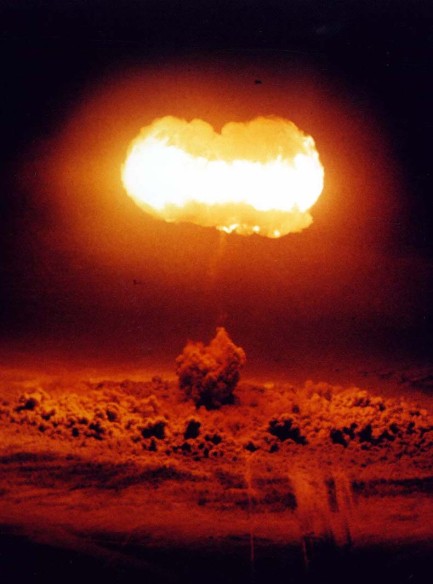
| Intl. Notebook | Mar 17 2019 |

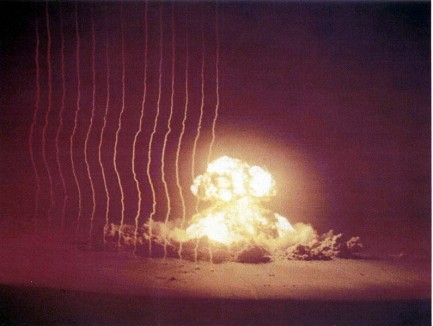
| Intl. Notebook | Jul 6 2017 |

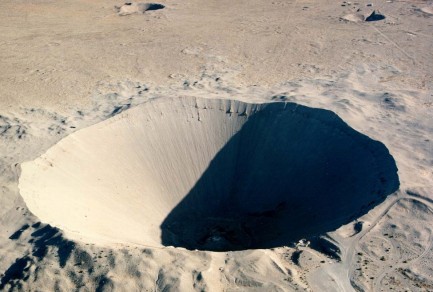
This photo shows the crater made by the Sedan nuclear test, also known as the Storax Sedan test, which happened today in 1962 as part of Operation Storax. The crater is the result of an explosion that displaced twelve million tons of earth, and at 320 feet deep and 1280 feet in diameter is the largest man-made crater in the United States. It's also—bizarrely we think—listed on the National Register of Historic Places, especially weird when you consider that it sent two radioactive plumes wafting northeast from the Nevada explosion site, cross country from state to unsuspecting state, to settle especially heavily upon Iowa, Nebraska, South Dakota, and Illinois. Of all the nuclear tests conducted in the United States, Sedan ranked highest in overall activity of radionuclides in fallout, distributing nearly 7% of the total amount of radiation which fell on the U.S. population during all of the nuclear tests at the Nevada Test Site. Historic indeed. You see the explosion that caused all that below.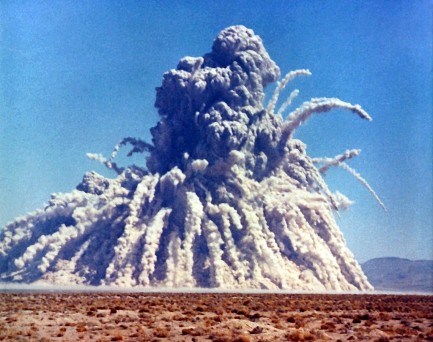
| Hollywoodland | Jul 20 2016 |


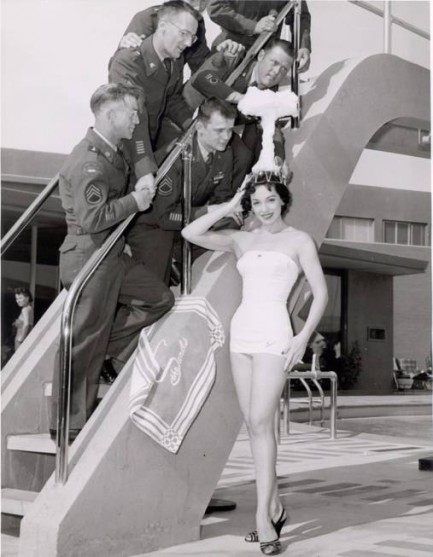 The above photo was made at the pool at the Sands Hotel and Casino in Las Vegas during the summer of 1955, and the one at right was made at the same location earlier in the year, with Lawson in a different suit. Hard to know if publicity from getting all mushroom-cloudy helped raise her profile, but in any case she began appearing on television in 1958, and by 1961 had launched a movie career.
The above photo was made at the pool at the Sands Hotel and Casino in Las Vegas during the summer of 1955, and the one at right was made at the same location earlier in the year, with Lawson in a different suit. Hard to know if publicity from getting all mushroom-cloudy helped raise her profile, but in any case she began appearing on television in 1958, and by 1961 had launched a movie career.| Intl. Notebook | Oct 26 2014 |

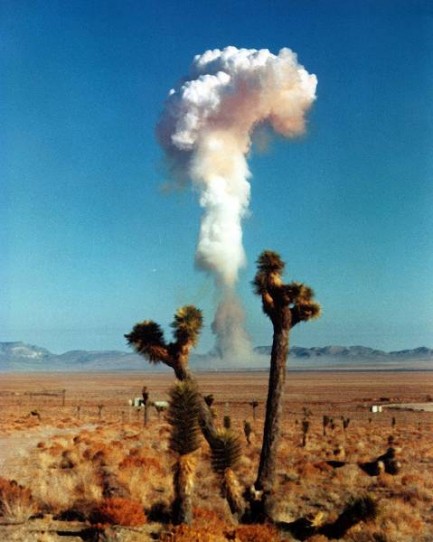
The De Baca nuclear test was part of Operation Hardtack II, a series of thirty-seven Nevada Test Ground blasts squeezed into seven weeks in order to beat a looming deadline—the beginning of a U.S./U.S.S.R. nuclear moratorium. The test ban failed when the Soviets began testing again three years later, a political crisis precipitating that failure, specifically a showdown concerning the status of East Berlin.
The test ban would have failed anyway, though, as all test bans have failed, and all future test bans will fail, because nuclear weapons are seen by weak nations as the ultimate defense against invasion by stronger nations. And of course, they’re right. Since only the year 2000, nuclear-armed nations have invaded non-nuclear nations nine times. Conversely, since the dawn of the nuclear era in 1945, a period comprising nearly seventy military encroachments, no nuclear nation has had its mainland invaded.
That's the entire uncomplicated why of nuclear weapons. There may be periods of relative inactivity, but as time goes by more nations will build them. Nuclear disaster has no choice but to follow one day. There are two scenarios for survival—either all the nuclear nations agree to reduce and eventually dismantle their nukes, or one nuclear armed nation comes to dominate all the others. Guess what? The second scenario isn't going to happen. Not ever. The De Baca test occurred today in 1958.
| Mondo Bizarro | Oct 17 2013 |

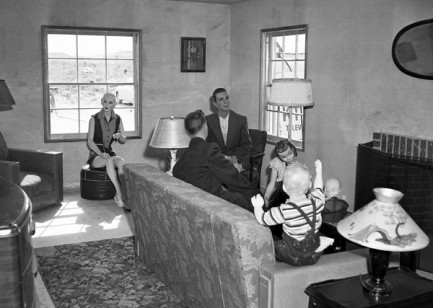
In the annals of curious atomic experiments—which includes blowing up goats and other farm animals—the exposure of mannequins to the effects of nuclear detonations must rank near the top. Scientists wanted to find out what a superhot thermal radiation flash followed by a crushing pressure wave would do to human-like constructs, and of course, they wreaked total havoc—but not uniformly, which was apparently the big takeaway from these tests. The above image and those below are all from the Nevada Test Site circa early to mid-1950s.
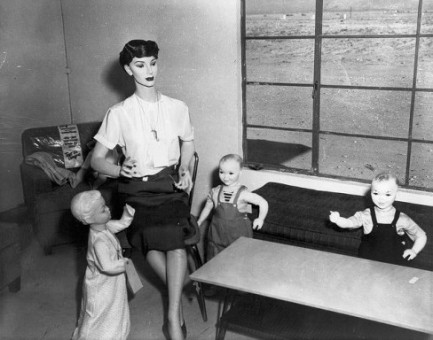
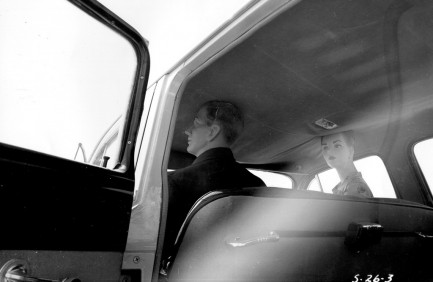
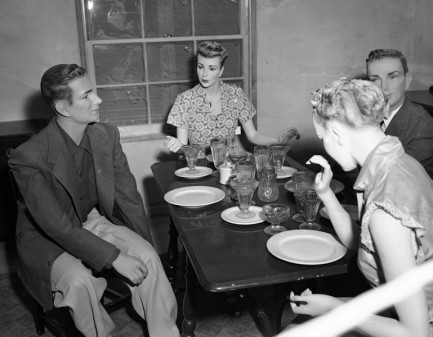
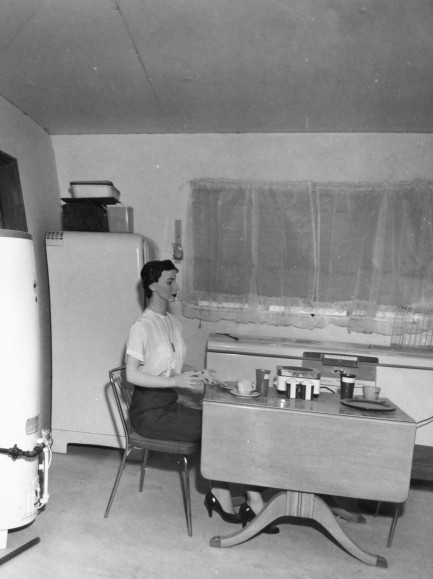
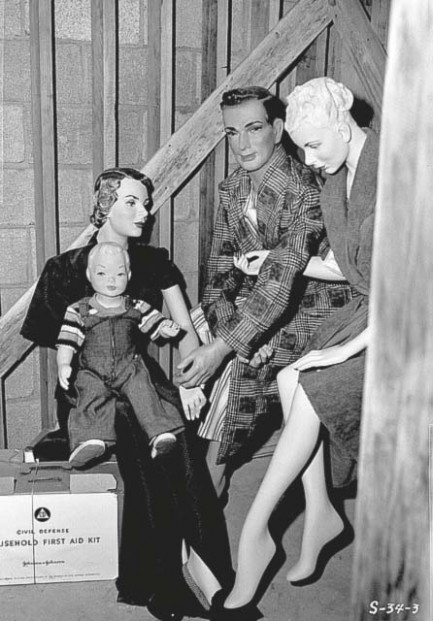
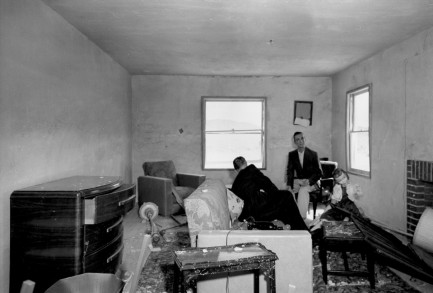
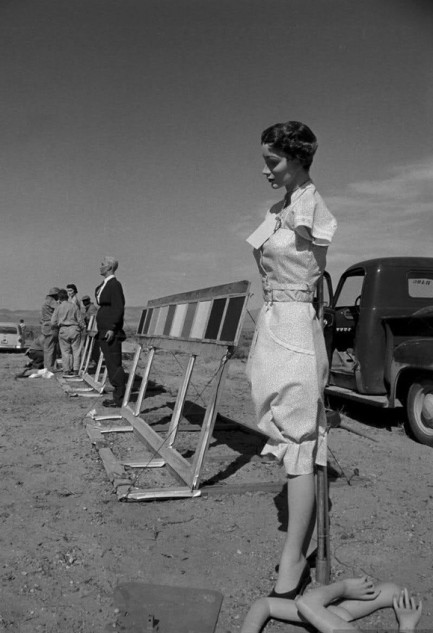
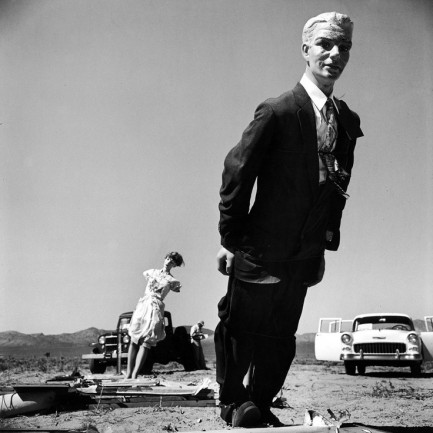
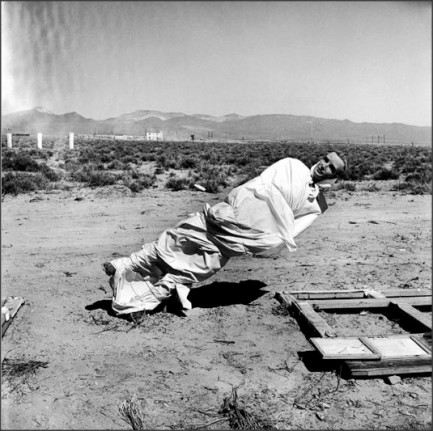
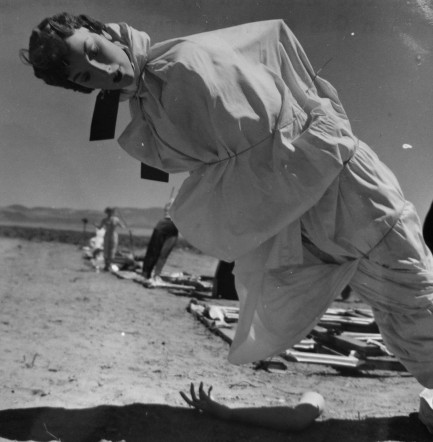
| Intl. Notebook | May 1 2013 |

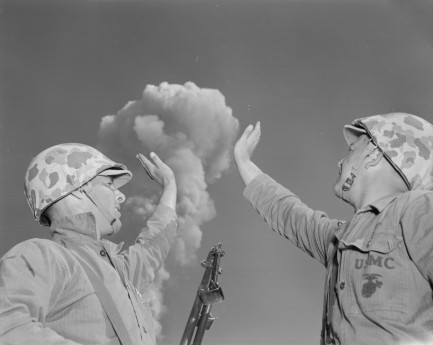
Back during the days of aboveground nuclear testing, particularly during the Korean War, the U.S. government wanted to be sure troops could operate under threat of nuclear attack. A field exercise known as Desert Rock IV was conducted at the Nevada Test Site during some of the detonations comprising the nuclear test series codenamed Operation Tumbler-Snapper. Thousands of soldiers conducted maneuvers as the blasts occurred, and were exposed to radiation, though the levels were said to be low. This particular photo is from the 20-kiloton airburst codenamed Dog, and shows two soldiers pretending to touch the bomb’s debris cloud. An aerial photo of the blast appears below. That was today in 1952.
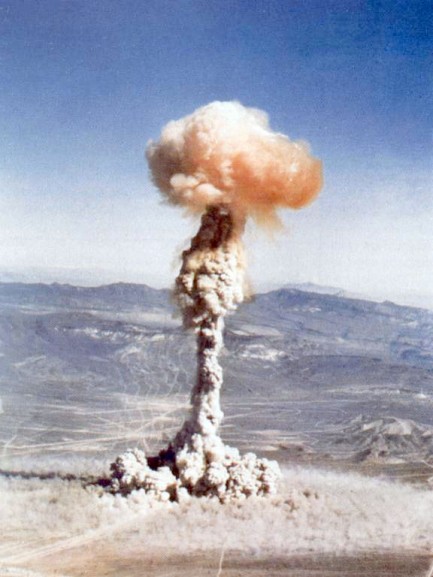
| Intl. Notebook | Feb 18 2013 |

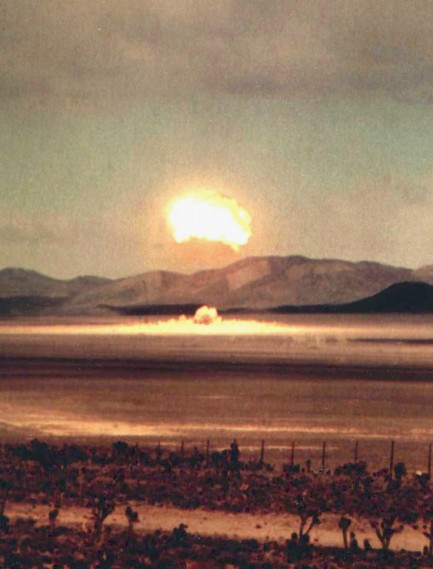
Above, a photo of the American nuclear test codenamed Wasp, part of Operation Teapot, detonated at the Nevada Test Site today in 1955
| Intl. Notebook | Aug 7 2012 |

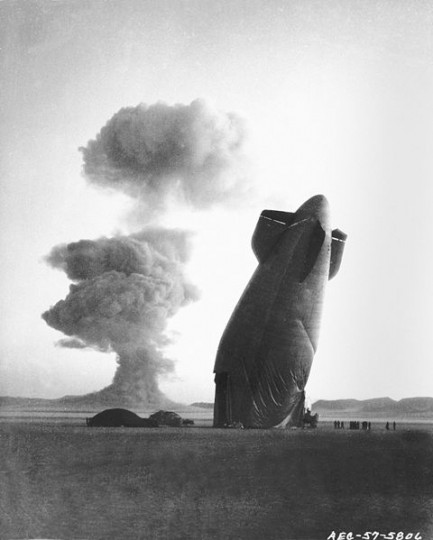
Above is an image of a downed blimp, or barrage balloon, that was floated above the Nevada Test Site to measure the effects of the pressure wave from a nuclear blast. The test was a nineteen kiloton detonation codenamed Stokes, part of the series Operation Plumbbob, and was set off about five miles away from the blimp. That was today in 1957.
| Intl. Notebook | Jun 4 2011 |


Above, a photograph of the superheated debris cloud of the American nuclear test codenamed Climax, part of the series Upshot-Knothole, detonated at the Nevada Test Site today in 1953.





































































